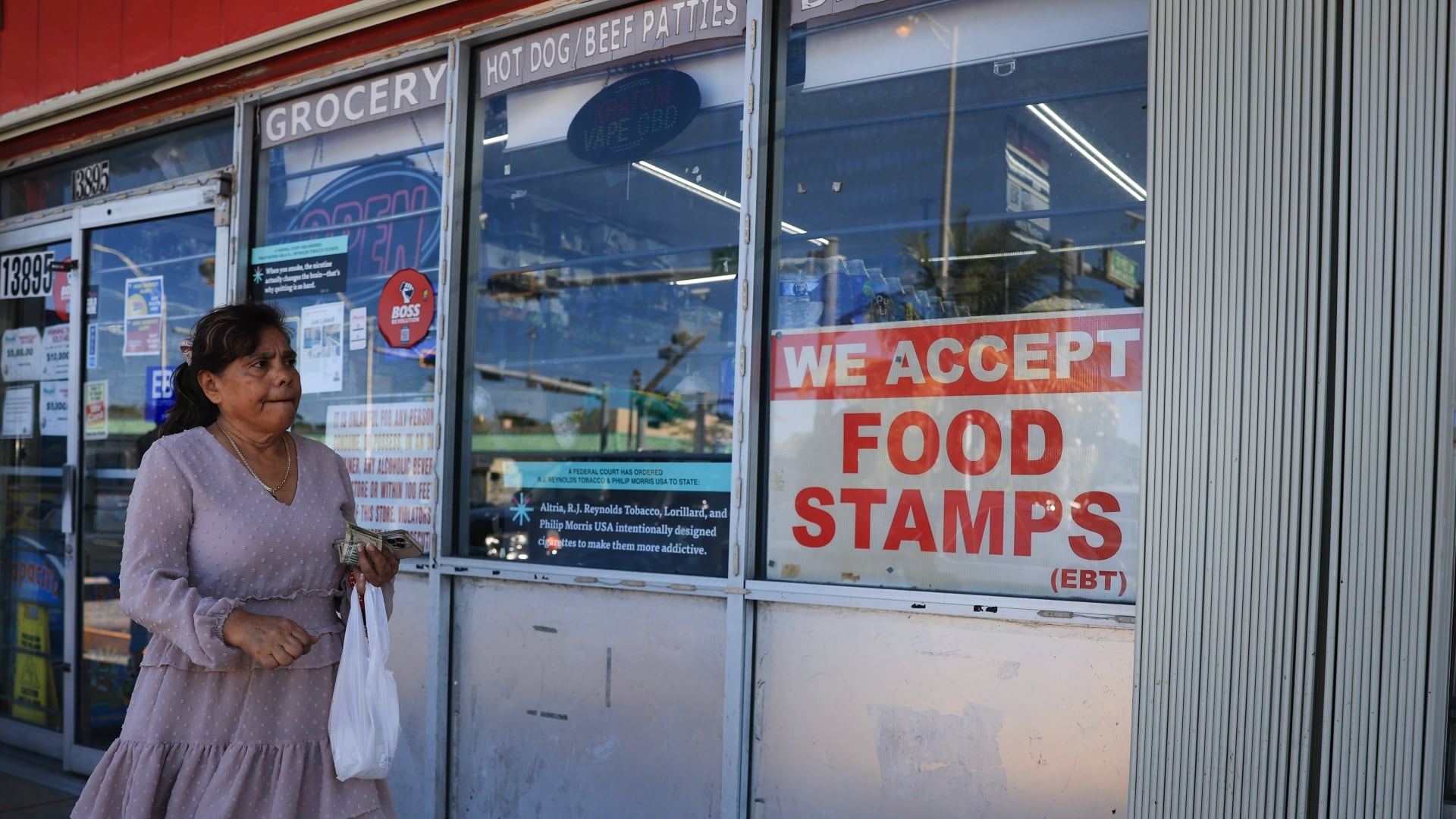To an audience of mostly maskless lawmakers, many of whom wore blue and yellow pins or pocket squares to show solidarity with Ukraine, President Joe Biden in his State of the Union address on Tuesday night vowed to hold Russian President Vladimir Putin accountable for his actions.
"Throughout our history we’ve learned this lesson: when dictators do not pay a price for their aggression, they cause more chaos," he said.
The president stressed that this did not mean engaging militarily with Russia, but rather using economic measures to punish and isolate the country and support Ukraine.
"Let me be clear, our forces are not engaged and will not engage in conflict with Russian forces in Ukraine," he said. "Our forces are not going to Europe to fight in Ukraine, but to defend our NATO Allies in the event that Putin decides to keep moving west."
He used the speech to officially announce that the U.S. will join European allies in closing its airspace to Russian airplanes. He also announced that the administration will send an additional $1 billion in assistance to the Ukrainian government and that the U.S. Department of Justice is assembling a task force to go after the crimes of Russian oligarchs.
Multiple times he commended the courage of the Ukrainian people in resisting the invasion, while also recognizing that they face hardship and possible military losses in the weeks and months ahead. "Putin may circle Kyiv with tanks, but he will never gain the hearts and souls of the Ukrainian people," Biden said.
Buying American
Following multiple rounds of bipartisan applause, the president moved on from the situation in Ukraine to focus the majority of his speech on promoting his domestic agenda.
He championed the passing of the bipartisan infrastructure bill and announced a series of infrastructure improvements, including the fixing of over 65,000 miles of highway and 1,500 bridges this year; the construction of 500,000 electric vehicle charging stations; the beginning of an effort to replace poisonous lead water pipes; and providing affordable high-speed internet for every American.
He also stressed the importance of the federal government buying American products, alluding to a recent executive order that raises the bar for the federal government to buy domestically.
"Every Administration says they’ll do it, but we are actually doing it," he said. "We'll buy American to make sure everything from the deck of an aircraft carrier to the steel on highway guardrails are made in America from beginning to end."
He also touted the return of American manufacturing, highlighting projects such as Intel's planned semiconductor hub in Ohio and GM's plan to invest $7 billion in building electric vehicles in Michigan.
"There’s something happening in America," he said. "Companies are choosing to build new factories here, when just a few years ago, they would have built them overseas. "
'Capitalism Without Competition'
Biden tied these projects to a solution for the broader problem of inflation, arguing that more domestic production could help lower prices for goods such as automobiles.
While noting that U.S. companies have struggled to keep up with demand, in part because of labor shortages, he said the onus was on U.S. producers to increase productive capacity.
"One way to fight inflation is to drive down wages and make Americans poorer," he said. "I think I have a better idea to fight inflation: Lower your costs, not your wages."
The president also pointed to lack of competition in certain industries, such as meat production, as another reason for rising costs.
"I’m a capitalist, but capitalism without competition is not capitalism," he said. "Capitalism without competition is exploitation that drives up profits."
Staying Vigilant
In addition, Biden touched on the pandemic. He emphasized that mask mandates were lifting across the country, but said that the country should not accept simply "living with COVID-19."
He outlined a handful of broad strategies for addressing the pandemic going forward: continue to vaccinate the population and employ new treatments, prepare for new variants, and end the shutdowns, which means people returning to work and districts keeping schools open.
"Let’s use this moment to reset," he said. "Let’s stop looking at COVID-19 as a partisan dividing line and see it for what it is: A God-awful disease."
Updated March 1, 2022 at 11:14 pm ET with the latest details throughout.












